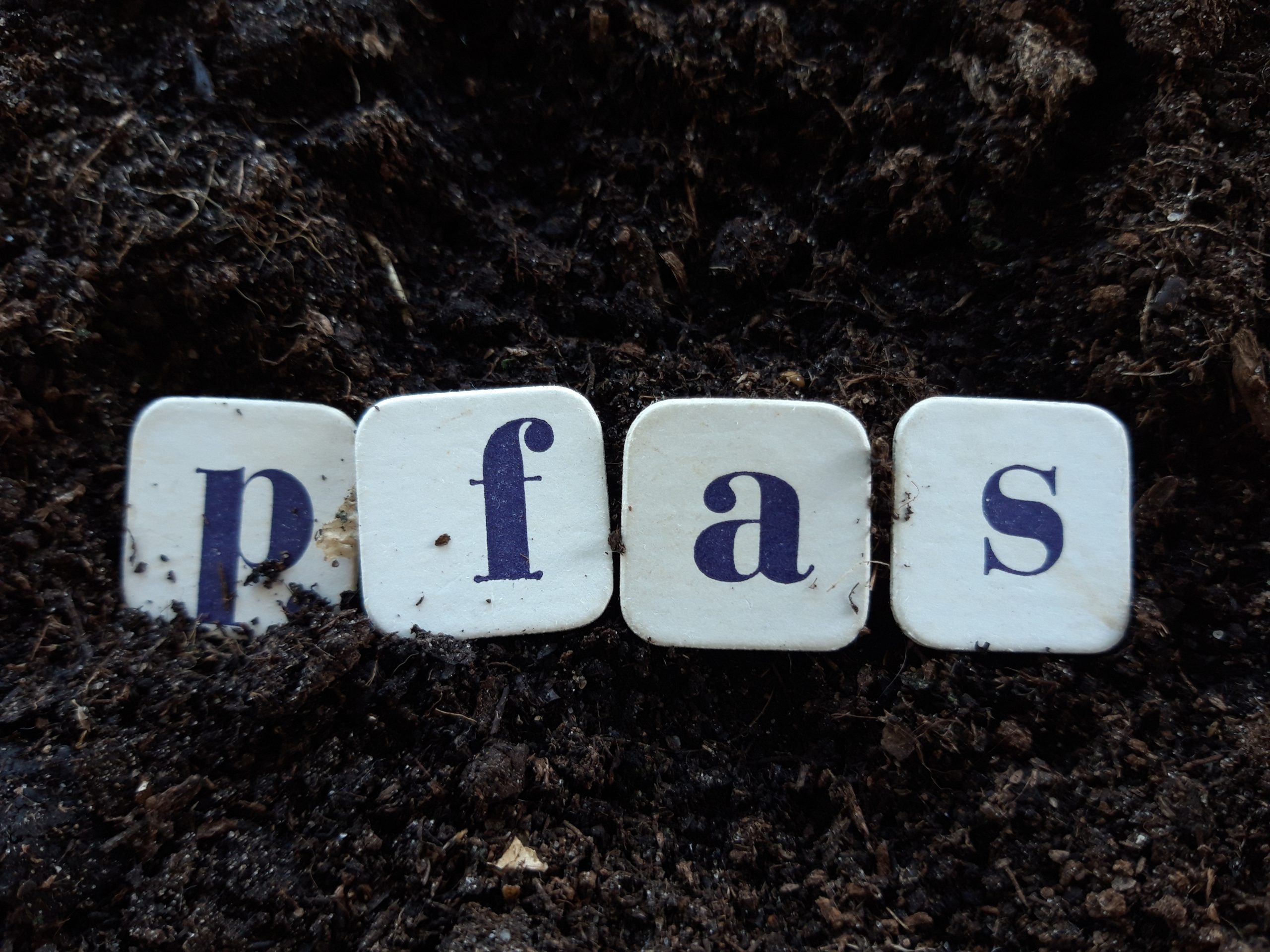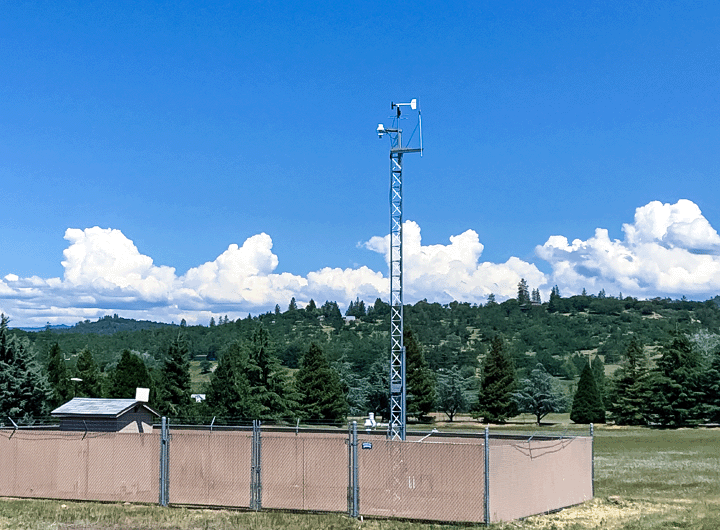Thought Leadership
EPA Proposes Designating PFAS as Hazardous Substances under CERCLA

U.S. Environmental Protection Agency (EPA) announced on August 26, 2022, that it is proposing to designate two of the most common and most studied PFAS (per- and polyfluoroalkyl substances) compounds as hazardous substances under the Comprehensive Environmental Response, Compensation, and Liability Act (CERCLA), also known as the Superfund law. PFAS are a family of chemicals that are widely used (in industry, food packaging, and clothing, etc.) and long lasting (they are often called “forever chemicals”). There are thousands of PFAS chemicals, and scientific studies have shown that exposure to some PFAS chemicals in the environmental may be linked to harmful health effects in humans and animals. The proposal targets the PFAS chemicals PFOA (perfluorooctanoic acid) and PFOS (perfluorooctane sulfonate) and seeks to increase transparency about releases of these chemicals to the environment and to hold polluters accountable for cleanup. PFOA and PFOS are two of the most studied PFAS compounds and have been linked to significant health effects such as cancer, immune system issues, liver and thyroid problems, and more.
There will be a 60-day public comment period to follow the official publication of the Notice of Proposed Rulemaking in the coming weeks in the Federal Register. Additionally, EPA anticipates issuing an Advance Notice of Proposed Rulemaking to seek public comment on designating other PFAS chemicals as CERCLA hazardous substances.
Who is Affected by the EPA Proposed Designation of PFAS?
The rule is primarily intended to focus on PFOA/PFOS processors, manufacturers of products containing PFOA/PFOS, downstream users of PFOA/PFOS products, and waste management and wastewater treatment facilities.
Potentially affected industries include:

- Aviation operations
- Carpet manufacturers
- Car washes
- Chemical manufacturing
- Chrome electroplating, anodizing, and etching services
- Coatings, paints, and varnish manufacturers
- Firefighting foam manufacturers
- Landfills
- Medical devices
- Municipal fire departments and training centers including federal agencies that use firefighting foams
- Paper mills
- Pesticides and insecticides
- Petroleum and coal product manufacturing
- Petroleum refineries and terminals
- Photographic film manufacturers
- Polish, wax, and cleaning product manufacturers
- Polymer manufacturers
- Printing facilities
- Textile mills
- Waste management and remediation services
- Wastewater treatment plants
What Does Designating PFAS as Hazardous Substances Mean?
The proposed rule requires any release of PFOA and PFOS that meets or exceeds the reportable quantity (1 pound or more in a 24-hour period) to be reported to the National Response Center, state, or Tribal emergency response commissions, and the local or Tribal emergency planning committees. EPA hopes that the proposed rule will encourage better waste management and treatment, accelerate privately financed cleanups, and mitigate potential adverse impacts to human health and the environment. In certain circumstances, the proposed rule will allow EPA to seek cleanup costs from a potentially responsible party or to require the party to conduct a cleanup.
What Other Recent Actions Has EPA Taken?
The announcement comes on the heels of other recent EPA actions that demonstrate the agency’s commitment and noticeable sense of urgency related to PFAS in environmental media:

- The addition of regional screening and removal management levels for five PFAS chemicals. These levels are not cleanup standards, but they are risk-based values that help EPA determine if further investigation or actions are needed at a site.
- A revision of the drinking water health advisory level from 70 parts per trillion (ppt) to 0.004 ppt (or 4 parts per quadrillion) for PFOA and 0.02 ppt for PFOS, plus the addition of 10 ppt for GenX (another common PFAS that is seen as a replacement for PFOS/PFOA). These health advisory levels are not drinking water maximum contaminant levels (MCLs), but MCLs are likely to follow. The current health advisory levels for PFOA and PFOS are well below what the existing laboratory technology and analytical methods can detect.
- Publishing draft aquatic life water quality criteria for PFOA and PFOS. These draft criteria are intended to protect freshwater aquatic organisms from toxicological effects and are based on the latest peer-reviewed scientific knowledge.
- Issuing the first Toxic Substance Control Act PFAS test order under the National PFAS Testing Strategy. This order requires manufacturers to conduct various tests on the 6:2 fluorotelomer sulfonamide betaine PFAS compound commonly found in firefighting foams and manufactured in large quantities. The testing is to help determine if the compound presents negative effects on human health associated with the inhalation route of exposure.
What Actions Are Pacific Northwest Agencies Taking?
Closer to home here in the Pacific Northwest, the Washington Department of Ecology published recommended soil and groundwater cleanup levels for six PFAS compounds. These cleanup levels are designed to be protective of groundwater and human health based on exposure through incidental ingestion of soil. The levels, according to Ecology, should be considered preliminary cleanup levels until Ecology makes a site-specific determination. Ecology expects to issue cleanup levels for terrestrial ecological, surface water, sediments, and air quality in the future.
The Oregon Department of Environmental Quality (DEQ) has yet to publish PFAS cleanup levels or standards. However, DEQ and the Oregon Health Authority are taking steps to address PFAS and have been testing drinking water systems and identifying potential PFAS contaminated sites across the state.
The Idaho Department of Environmental Quality has not published any PFAS cleanup levels or standards and is largely following EPA’s guidance.
This blog was originally written by former MFA Senior Chemist/Environmental Scientist Erik Naylor.



